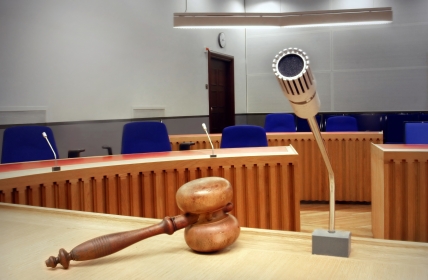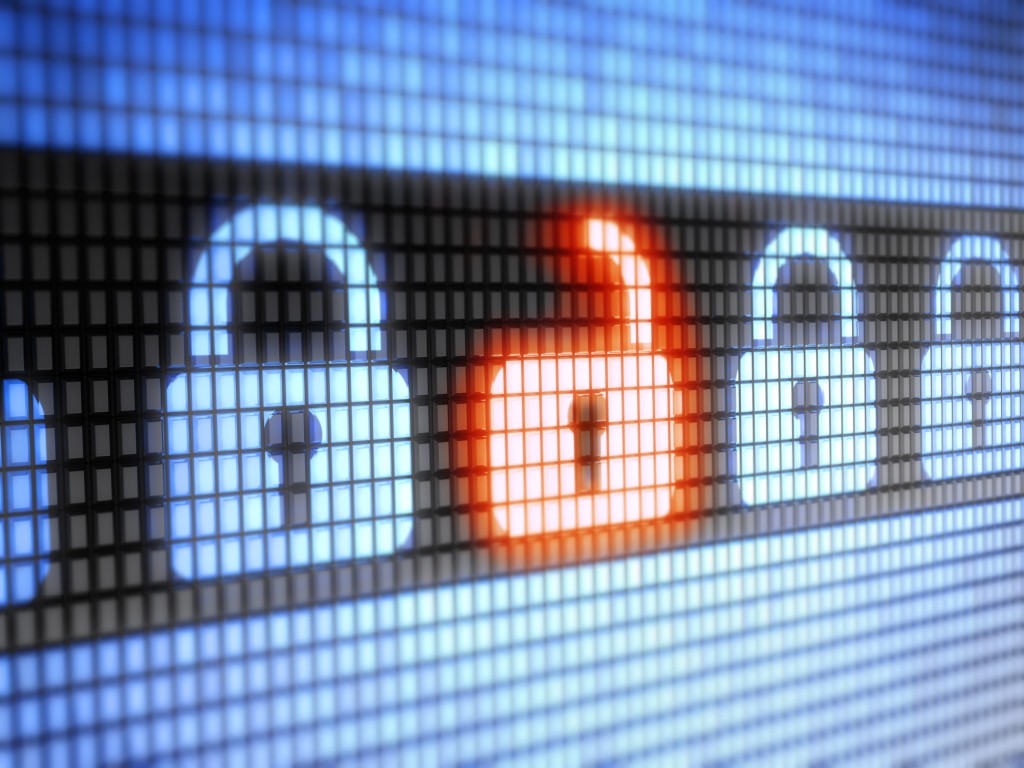The effective date of the amended Federal Rules of Civil Procedure is approaching. On December 1, 2015, all changes to Rules 1, 4, 16, 26, 30, 31, 33, 34, 37, 55, and 84 will come into effect. In or about September 2014, the advisory committee unanimously approved and submitted proposed amendments to Rules 1, 4, 16, 26, 30, 31, 33, 34, 37, and 55, and a proposed abrogation of Rule 84 and the Appendix of Forms, with a recommendation that these changes be approved and transmitted to the Judicial Conference. Specifically, Rules 16, 26, 34, and 37 will require modifications related to electronically stored information (ESI). Here, we will briefly address the ESI related amendments, as it pertains to conferences, discovery, and case proportionality.
Rule 16. Pretrial Conferences; Scheduling; Management

The scheduling-element of Rule 16 continues to be designed to alert the court to the possible need to address the handling of discovery of electronically stored information, early in the litigation if such discovery is expected to occur. Unless exempted by local rule, the Judge must issue a scheduling order for the case at bar. Fed. R. Civ. P. 16(b)(1).
The 2015 amendments include Rule 16(b)(3)(B)(v). This addition will make it likely that any entered scheduling-order will contain language as to require a conference with the tribunal before a discovery motion is filed. This includes the movement for ESI production, and encourages the parties to meet, confer and workout the particulars regarding discovery.
Additionally, Rule 16 has reduced the action time for entering a scheduling order from 120 days to 90 days, after the complaint has been served. However, the time is reduced to 60 days if the defendant has already appeared. Good Cause is now the standard for the judge to delay the mandatory issuance of such order. Fed. R. Civ. P. 16(b)(2).
Rule 26. Duty to Disclose; General Provisions Governing Discovery
The purpose of the modifications made in this rule is to limit the discovery of information to those data-sets that not only touch and concern a claim or defense but, also, are proportional to the case at bar. Fed. R. Civ. P. 26(b)(1). While the intent of former 26(b)(2)(C)(iii) may have been to regulate proportionality, this amendment opens the door for a new set of elements and threshold, ripe for judicial interpretation. For instance, the following 26(b)(1) factors are to be considered when making a proportionality argument:
- The importance of the issues at stake in the action
- The amount in controversy
- The parties’ relative access to the relevant information
- The parties’ resources
- The importance of the discovery in resolving the issues
- Whether the burden or expense of the proposed discovery outweighs its likely benefit
With the Rules opening the door for much proportionality-interpretation, and the fact that data may reside in more places than ever before; the parties will need to anticipate the breadth of responsive data, early, and confer as to the reasonableness of collecting & producing what is sought. Here, parties will find themselves crafting arguments as to the proportional nature of discovery, using the aforementioned factors as and for their support.
This is where a formal, iterative discover plan comes in, pursuant to Fed. R. Civ. P. 26(f)(3)(C). Here, the parties are encouraged to meet, confer, and meet and confer again. The goal is to limit the need for judicial intervention as to an agreement on the disclosure, discovery or preservation of ESI, including the form or forms of such production. Id. Still, stipulations to discovery will not always come without a fight, and parties may seek the court’s assistance and/or move the court for a protective order in certain situations. Fed. R. Civ. P. 26(c).
Rule 34. Producing Documents, Electronically Stored Information, and Tangible Things, or Entering onto Land, for Inspection and Other Purposes
Because the courts acknowledge the complexity, and significance, of eDiscovery in litigation; the amendments assume the parties’ need for continuous discovery plan communication and, accordingly, allow for a response extension when the parties are working out the production particulars, in accordance with Rule 26. Thus, the rule to respond within 30 days of complaint-service is now available to parties 30 days after the first 26(f) conference. Fed. R. Civ. P. 34(b)(2)(A).
eDiscovery and the way ESI is handled in the regular course of business, today, has a big impact on the requirements for making discovery available for inspection. “We use to say eDiscovery as if it was a subset of all discovery. But now there’s no other discovery.” Hon. Shira A. Scheindlin, USDJ. That quote says it all. Nowadays, responding to discovery requests are no longer as simple as making a file (including some printed emails and Office files) available for inspection and copy. Today, data resides electronically and there are restrictions on access (security and logistical); thus, Rule 34(b) considers the alternatives to making documents available for inspection, i.e., delineating a format(s) for ESI production (or objecting to same, and taking us back to claim/defense association and/or proportionality).
Rule 37. Failure to Make Disclosures or to Cooperate in Discovery; Sanctions

Previously, Rule 37(e) permitted the court to sanction parties for failing to provide electronically stored information. Amendments to this rule take it to a whole new level. Now, parties may be sanctioned if they fail to preserve ESI during, or in anticipation of, litigation. Today, if parties are not considering the management/governance of their data, and setting interoperable policies for back-ups, retention and destruction; they are playing with fire. In fact, should the court find a party intended to deprive its adversary of certain discovery, the court may order sanctions in the form of adverse tribunal-presumption, adverse inference jury-charges, or even default judgment. Fed R. Civ. P. 37(e)(2).
As always, Rule 37(f) allows for court-ordered, monetary sanctions against parties who fail to meet, confer, and establish a discovery plan with their adversaries. The theme is consistent; work it out with your adversary, or seek timely, court intervention (with the ability to make persuasive 26(b)(1) arguments).
Your case is important to us at LITeGATION. We understand the ins-and-outs of eDiscovery procedure, and its coordination with the FRCP (and local rules), for your case. We maintain chain of collection/custody logs to properly preserve the ESI collected, and consult with you as to understand responsive data at the earliest stage possible. We have almost two decades of experience in consultation, coordination and management of all activities relating to data processing, review, presentation and production of ESI. Contact us today for a free consultation and check out our infographic on the FRCP Amendment Changes.







